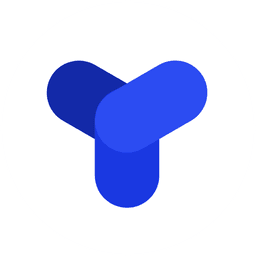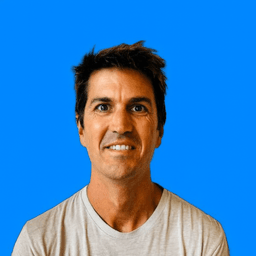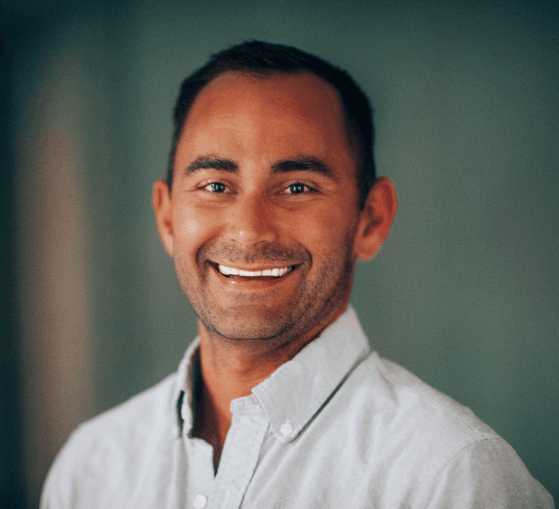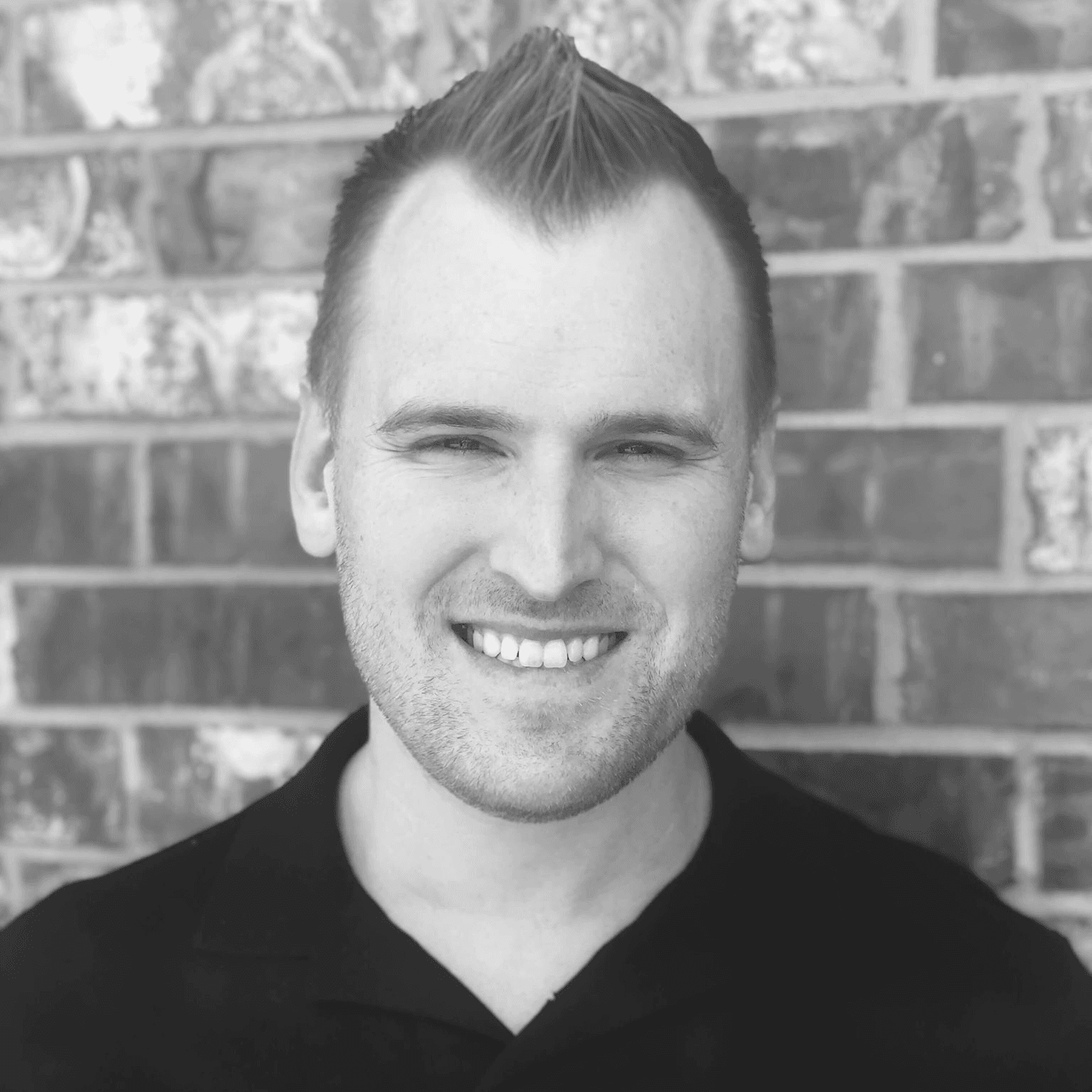From Failed Side Projects to $60K MRR: How Mac Martine Built and Sold Castanet in Just 2.5 Years


Business Description
Table of Contents
Navigate through the case study sections
Executive Summary
Case Study Content
How Mac Martine Turned Castanet Into a $60K MRR SaaS, and Sold It
For years, Mac Martine hustled on one project after another, hunting for that magical idea that would finally catch fire. Like many developers, he tried turning hobbies into business, but nothing stuck. Everything changed when he stopped building for himself and started building for others.
The Spark: Talking to the Right People
By 2018, Mac was consulting full-time, building MVPs for entrepreneurs who’d had earlier successes. He became sharp at spotting what works in an MVP, and what’s just extra baggage. Instead of guessing what business owners needed, Mac picked up the phone and called dozens of executives and decision-makers. He wasn’t pitching; he was asking simple questions: What keeps you up at night? What slows down your sales team? Very quickly, a pattern appeared. Sales teams, especially those using LinkedIn, were drowning in manual work and hungry for better tools.
Zero to MVP: Listen, Build, Launch
Mac scrapped his old hobby-focused approach. Instead, he honed in on one burning pain: sales leaders struggled with LinkedIn outreach. In just four weeks, he built the barebones version of Castanet, enough to prove the core worked, even if the edges were rough. He then looped back to all those contacts who shared their pain. Many said yes, they’d pay to use it. His first sale came quick. So did his second and third.
With a small army of early customers, Mac got feedback fast. Some things broke, and users got annoyed. But because they had a “seat at the table” from the start, they gave him brutally honest suggestions. Within a few months, Castanet was sharper, easier, faster. Mac cut back freelance work and poured more energy into this now-growing SaaS business.
Using Your Own Product to Grow
Castanet wasn’t just a tool for customers, it was the engine behind Mac’s own sales. He used Castanet itself to generate leads and set demos. At first, every prospect wanted a Zoom tour. That was good, lots of interest, but it also meant Mac was chained to his laptop running calls all day. Growth was a double-edged sword: more calls, more sales, less freedom.
Breakthrough With Resellers
A customer asked if they could white-label Castanet and sell it on their own. Exhausted by endless demos, Mac hesitated. But after a few more grueling weeks, he said yes. That first reseller became a mini–sales team. Soon after, three more signed on. Suddenly, sales were happening without Mac needing to demo or chase leads. Without hiring staff, Castanet’s reach multiplied, other people were now invested in its success.
Scaling, and Deciding to Sell
Within 2.5 years, Castanet hit $60,000 in monthly recurring revenue. The business was working, maybe a little too well. Mac, still the only full-time operator, was maxed out. He weighed the idea of hiring but dreaded the months of onboarding and systematizing.
Instead, he chose to sell. Through FE International, a known broker for SaaS, a buyer was found in about eight weeks, and the deal closed in a couple months. There were tense moments, but everything cleared. The result? A life-changing payout and a blank calendar.
Post-Exit: Living and Building on the Move
With Castanet in the rearview, Mac and his family swapped routine for adventure. They became digital nomads, spending a year in Croatia and then moving to Valencia, Spain, with their two boys in tow. In two years, the family visited 15 countries.
But Mac hasn’t stopped building. He co-founded Aware, a LinkedIn engagement tool, and launched other SaaS products (like ViralBox) and a newsletter. The central lesson? Harnessing the energy of relationships, resellers, influencers, and customers, for sustainable, word-of-mouth growth.
What Worked, And Why
- Listening first and building what users actually needed, not what he personally wanted.
- Launching an imperfect, MVP-level product and iterating fast based on real feedback.
- Using his own product for growth (never stopping the experiment at launch).
- Letting others (resellers) do the sales-heavy lifting instead of rushing to hire employees.
- Knowing when to sell: when the fun of growth gave way to the grind of maintenance.
Lessons for Today’s SaaS Builders
Building a SaaS is rarely about the code or even the features, it’s about connecting with the people facing the problem and fixing it in a way that gets early adoption. Systems for feedback loops and growth can make a solo founder punch far beyond their headcount.
You don’t need huge funding or a big team to win in SaaS. But you must stay close to your customer and keep moving fast, even when the product (or your process) isn’t perfect yet.
The Takeaway
Mac’s journey is proof that failure isn’t final, if you’re willing to change your approach and build something real for real buyers. Start with their pain, build for demand, and don’t be afraid to let go when it’s time to move to your next adventure.
Key Takeaways
- 1Switching from hobby-based projects to solving actual business pains can make all the difference in SaaS success.
- 2Rapid MVP development and direct feedback from potential customers accelerates product-market fit.
- 3Leveraging resellers as sales channels enabled growth without building a traditional team.
- 4Using your own product to generate leads and validate features is a viable and practical growth tactic.
- 5When scaling becomes overwhelming, selling can be the right move to regain balance and pursue new ideas.
- 6A strong network of early adopters and advocates can create fast organic growth and a successful exit.
Key Facts
Tools & Technologies Used
Premium Content Locked
Subscribe to access the tools and technologies used in this case study.
Unlock NowHow to Replicate This Success
Premium Content Locked
Subscribe to access the step-by-step replication guide for this case study.
Unlock NowInterested in Being Featured?
Share your success story with our community of entrepreneurs.
Explore More Case Studies
Discover other inspiring business success stories

How Wavve Turned a $1K Side Tool into a $1.5M SaaS Exit
Wavve began as a two-week side project to solve a marketing problem for uTalk. When founders Baird Hall and Nick Fogle d...
Wavve

How Jon Elder Left Construction, Built 5 Amazon Brands & Cashed Out for Millions in 5 Years
Jon Elder, disillusioned by the slow pace of corporate salary growth, started selling on Amazon in 2014. By focusing on ...
Black Label Advisor (Previously 5 Amazon Brands)

How Sean Lau Built Three Travel Blogs to Earn $5K Monthly
Sean Lau left his civil engineering career with $20,000 in the bank and a backpack. Over four years he launched Living O...
Living Out Lau
